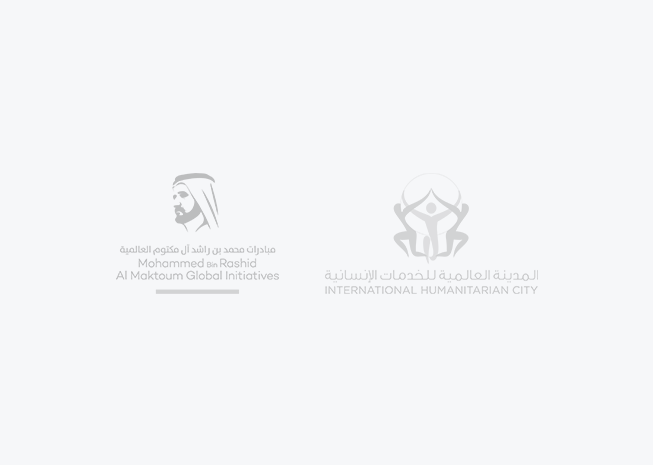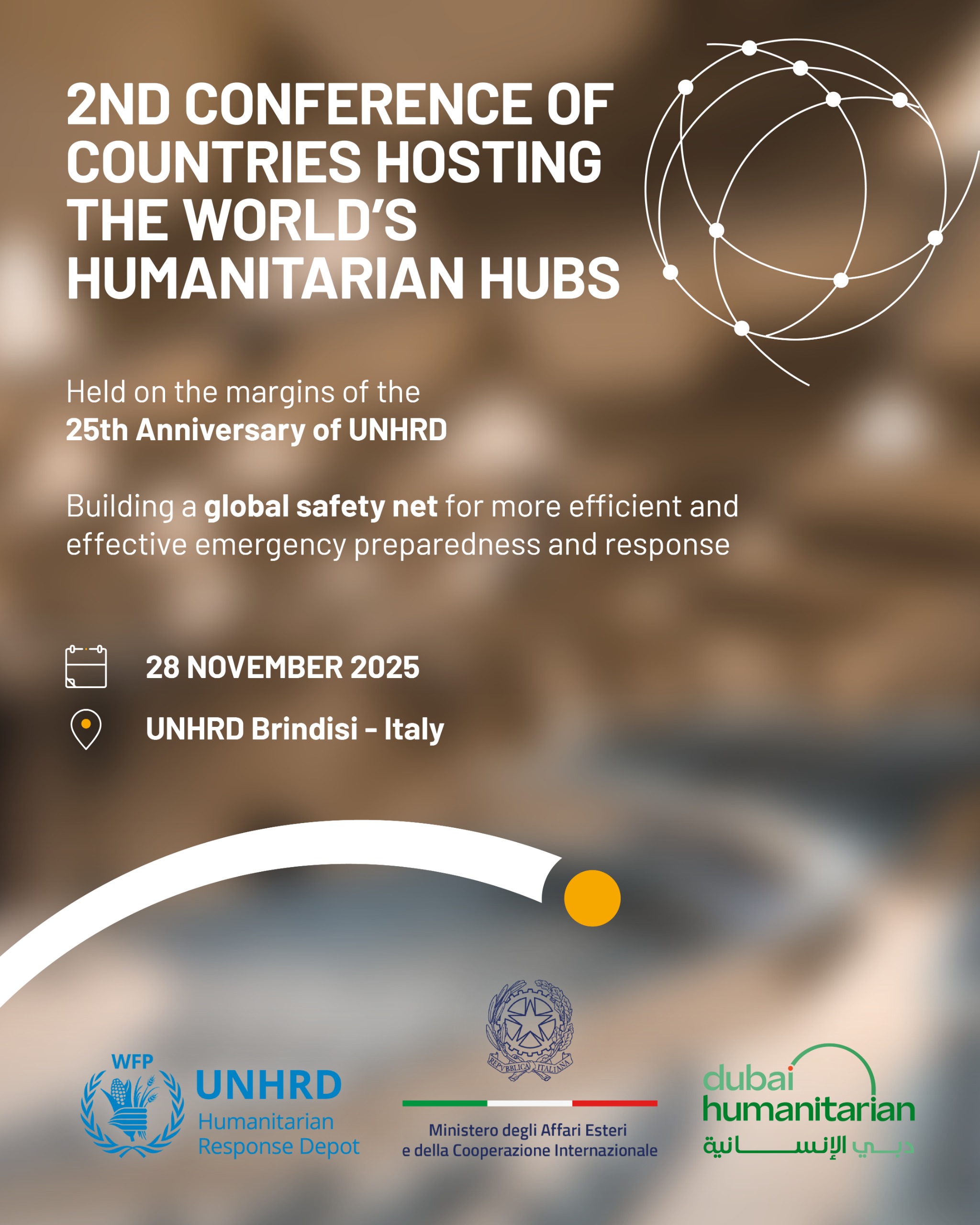
1 – UNHCR launches emergency airlift to eastern Turkey In response to the Turkish Red Crescent’s appeal for help on Tuesday, the first of four UNHCR humanitarian flights for the victims of the devastating earthquake in eastern Turkey is scheduled to land in Erzurum this evening (Friday, 28 October). The Ilyushin-76 cargo plane will bring 37 metric tons of UNHCR relief items from our emergency stockpile in Dubai. The next three flights are scheduled to touch down in Erzurum on Saturday, Sunday and Monday.
Each flight will be carrying approximately 500 tents and 10,000 blankets. Together with resources we already have in Turkey, our immediate emergency relief response for the victims of earthquake amounts to 4,000 tents, 50,000 blankets and 10,000 sleeping mats. The supplies arriving by plane will be loaded onto trucks and taken immediately to Van and surrounding areas for distribution. Our response is part of a concerted effort by the UN country team.
The full impact of the earthquake is still being assessed. The city of Van alone has a population of more than 400,000 people and many of them lost homes. Hundreds of buildings collapsed and thousands of others have been rendered uninhabitable. The shelter needs are great. In addition to more than 25,000 tents already distributed by the authorities, the Turkish government has appealed for 40,000 winterized tents and 40,000 transitional shelters.
UNHCR has been present in Van since 1995. At the time the earthquake struck on Sunday our field teams were assisting more than 2,000 refugees and asylum seekers living in the area. At present we have no reports about casualties among these two groups but many have lost accommodation and belongings. Our staff, who volunteered to stay in Van, are working closely with the Turkish authorities who are leading the search and rescue as well as the overall relief effort.
To support the relief efforts of the authorities our operation in Turkey is deploying additional protection teams to Van tomorrow to counsel refugees and asylum seekers on how to access relief assistance and to identify any special needs they may have – including the possibility of relocation for the most vulnerable or for those with particular medical needs.
2- Voluntary returns to Afghanistan – over 60,000 this year The number of Afghan refugees returning home from Pakistan, Iran and other countries under UNHCR’s voluntary return operation has exceeded 60,000 to date in 2011. 43,000 of these are from Pakistan and over 17,000 from Iran.
With Pakistan, the return figure is 59% lower than in the same period last year, when over 103,000 Afghans returned home. The lack of livelihood opportunities and shelter, as well as insecurity are the most-frequently cited reasons for not returning. Most Afghan refugees live in Pakistan’s Khyber Pakhtunkhwa and Balochistan provinces and originate from insecure areas of Afghanistan which have seen limited development.
Pakistan is currently home to 1.7 million Afghan refugees, many of whom who have lived in exile for more than quarter of a century. H alf this population is people born outside Afghanistan and doThe number of returns from Iran is double to that of last year when around 7,500 Afghans were assisted home. This increase appears to be due to economic pressures and the discontinuation of subsidies on basic goods and services by the Iranian Government.
In 2011, the main provinces of return in Afghanistan were Kabul (26%), Nangarhar (14%), Herat (8%), Kunduz (8%), Kandahar, Laghman, Balkh, Baghlan and Paktya (4 percent each).
Since March 2002, UNHCR and its government counterparts have assisted
4.6 million Afghans in repatriating, mainly from Pakistan and Iran. Most have returned to four main provinces: Kabul (26%); Nangarhar (20%), Kunduz (6%), and Baghlan (5%). Including those who have returned outside of programmes in which UNHCR is involved, 5.7 million Afghan refugees have returned from Pakistan and Iran, representing nearly a quarter of Afghanistan’s population.
Launched in 2002, UNHCR’s voluntary return operation is now in its tenth year. Under this repatriation assistance programme, refugees coming back to Afghanistan receive an average of US$150 per person to cover transportation as well as the initial cost of settling back home.
Despite ongoing security problems in parts of the country and tremendous developments and economic needs, Afghan refugees are still returning in significant numbers. The Government of Afghanistan and its partners are working to ensure sustainable reintegration.
According to initial findings of a community-based snapshot survey launched recently by UNHCR and Afghanistan’s Ministry of Refugees and Repatriation, around 40% of the returned Afghans have not yet fully reintegrated into their original communities.
Afghanistan’s capacity to effectively absorb additional returns is limited. Some families who returned this year will need additional support to make it through the winter. Many others don”t have land, shelter, schools and healthcare. These families need job opportunities to become self-sufficient.
Nearly three million registered Afghan refugees remain in exile in the region today, including the 1.7 million in Pakistan and one million in Iran. We are calling for international support to help returnees settle back in their homeland. UNHCR with the government of Afghanistan, Pakistan and Iran is presently developing a multi-year (2012-2014) solutions strategy for Afghan refugees. This strategy will be presented for endorsement by the international community at a stakeholders conference in early 2012.
3 – Hundreds more refugees flee Sudan’s Blue Nile for Ethiopia Aerial bombings in Sudan’s Blue Nile state are driving a new wave of refugees into Ethiopia. In the last four days, nearly 2,000 Sudanese refugees have arrived in western Ethiopia amid tightening security at the border area of Kurmuk. Kurmuk, one of several refugee entry points
into the country is also considered to be the busiest.
The new arrivals are mostly women, children and the elderly. They tell us they fled bombings and fear of bombings by Antonov planes in areas including Bau, Sali and Dinduro, all located between Kurmuk and the Blue Nile capital, Damazine. There are also reports that armed militia on the Sudanese side of the Kurmuk border have warned the community to leave the area, possibly in preparation for a ground offensive.
Some of the new arrivals said they had been walking for up to three weeks. One man arrived with shrapnel wounds and was taken to a hospital in nearby Assosa. Other refugees said they lived for several weeks in the bushes in Dinduro, which had been occupied by armed groups, before making the 64-km journey to Kurmuk. Refugees from an area called Derring reported abductions of women and girls six weeks ago by armed militia, and that two girls died after being raped repeatedly.
With the current situation in Blue Nile, more refugees are expected to arrive in Ethiopia. Refugees are being encouraged to relocate to Tongo camp, about 200 km from Kurmuk. Others are at the Sherkole camp, or among host communities near the border. We estimate that 28,700 refugees have fled Blue Nile state since fighting began in early September.
UNHCR is working with the Ethiopian authorities to expand Tongo camp in anticipation of a further influx. With ongoing construction Tongo will be able to host some 7,000 refugees. Together with its government counterpart, the Administration for Refugee and Returnee Affairs (ARRA) and the President of the Benishangul-Gumuz Regional State, UNHCR is investigating the feasibility of additional camp sites.
UNHCR has appealed for US$10 million to meet the urgent needs of refugees from Blue Nile State and to support Ethiopia at a time when it is also hosting more than 174,000 Somali refugees (90,000 of whom arrived this year). So far we have received five percent, or US$500,000 for the Sudan emergency, and urge the international community to step up their response to this growing crisis.
4 – Southern Kyrgyzstan needs continued support: UNHCR The UN refugee agency is calling for continued support for southern Kyrgyzstan in the wake of the violence of June 2010. Presidential elections in Kyrgyzstan are scheduled for this Sunday, and while the overall situation is peaceful tensions nonetheless persist in some locations that suffered inter-communal violence during the summer of 2010. Hundreds of people were left dead or injured by the events of that period, several thousand houses and businesses were looted and destroyed, and 400,000 people were displaced within the country and into Uzbekistan.
President Otunbaeva, Parliament and other stakeholders have appealed to all citizens of Kyrgyzstan to demonstrate mutual respect and tolerance and avoid any actions that could contribute to fueling conflict on national, regional, or religious grounds.
Last year, UNHCR provided rapid life-saving non-food and protection aid to some 400,000 displaced persons. An emergency transitional shelter project supported return and reintegration to around 15,000 families who had lost their houses – with new warm, seismic safe and culturally-acceptable homes before the onset of winter 2010-2011.
Our activities have also reached out into conflict prone areas – some very remote – throughout the volatile Ferghana valley provinces in South Kyrgyzstan that border Uzbekistan and Tajikistan.
UNHCR teams continue to monitor the situation in fifty locations and assist communities and authorities to promptly identify and mitigate sources of conflict. More than one hundred community-based quick impact projects promote reconciliation through small infrastructure, livelihood and communication activities.
In January 2011 UNHCR launched a supplementary budget appeal amounting to US$11.4 million to continue protection interventions and to implement peace building initiatives that promote reconciliation and prevent renewed conflict and displacement. Thanks to the generous support of donors UNHCR has achieved tangible results in reducing tension and potential sources of conflict. However, several important objectives, including our reconciliation efforts, are currently challenged by a funding gap of US$ 3.8 million.
In particular, UNHCR need funds to support vulnerable people, including internally displaced persons and returnees, to survive the coming winter, where temperatures will again drop to minus 10-15 Celsius even in the densely populated valleys of mountainous Kyrgyzstan. There are some 60,000 people who remain displaced in the country.
In view of ongoing threats to peace and stability, UNHCR feels the need to continue promoting reconciliation and prevent new displacement. We are seeking donor support, in bridging the financial gap, to implement another one hundred community-based quick impact projects.

